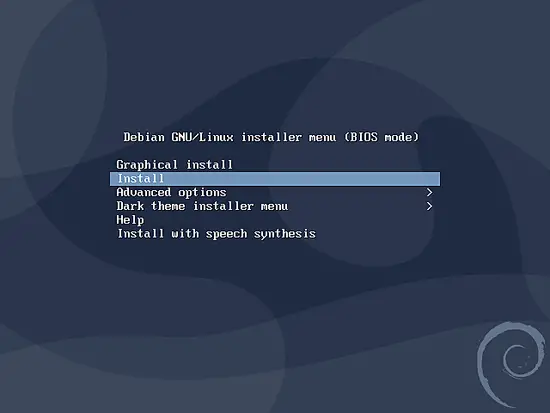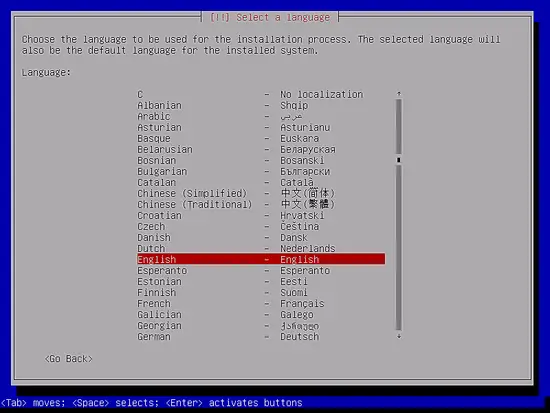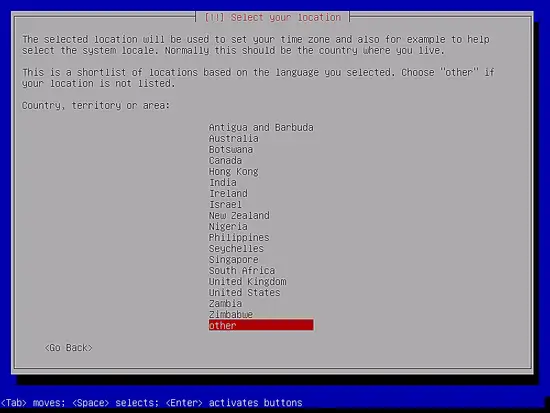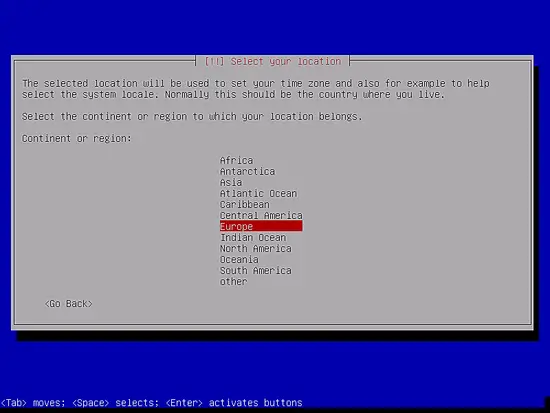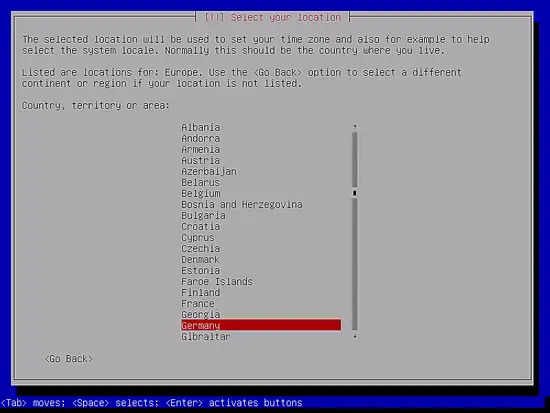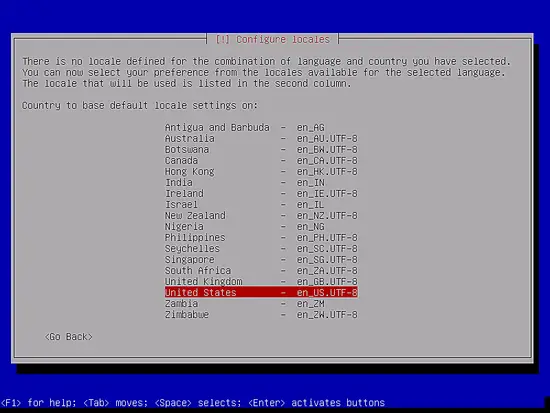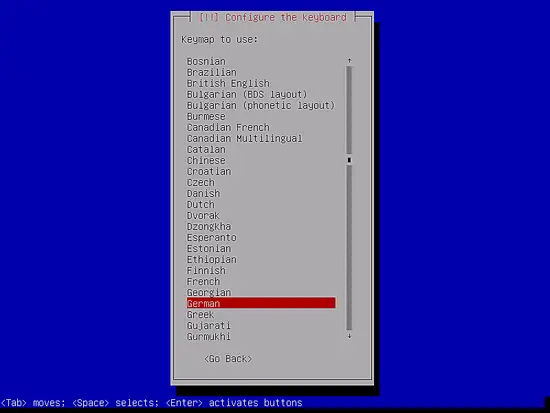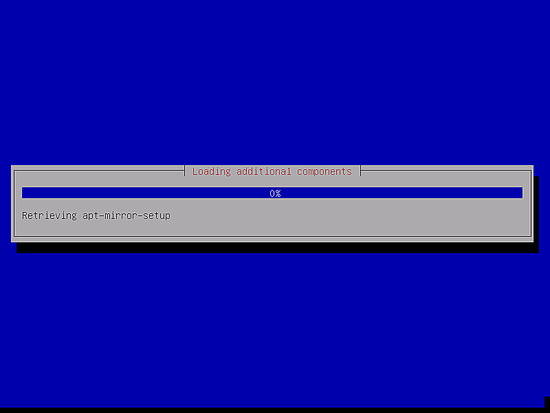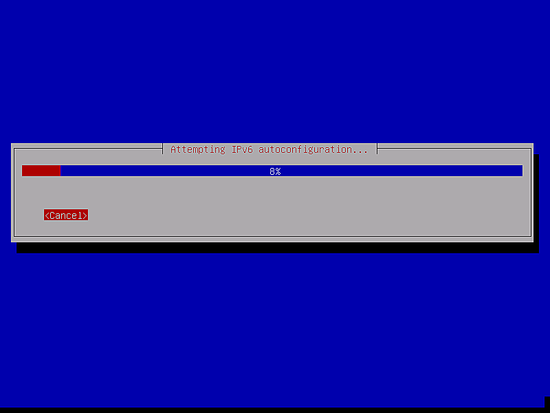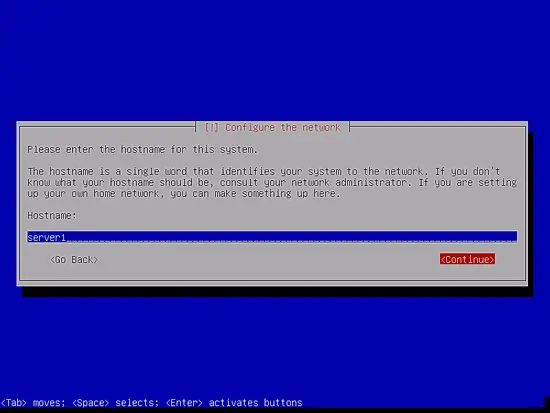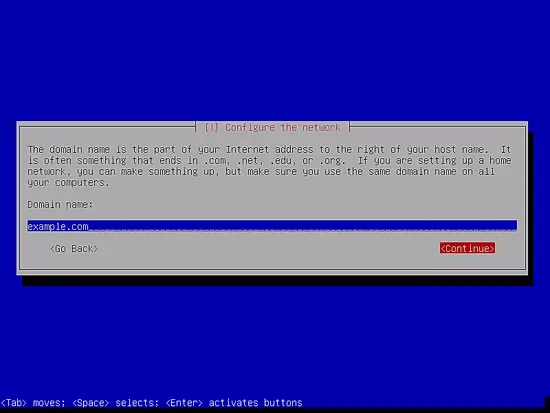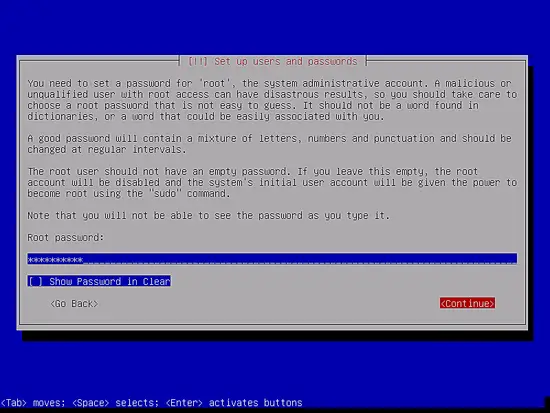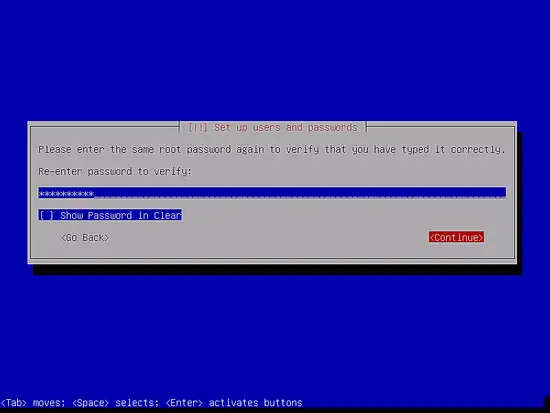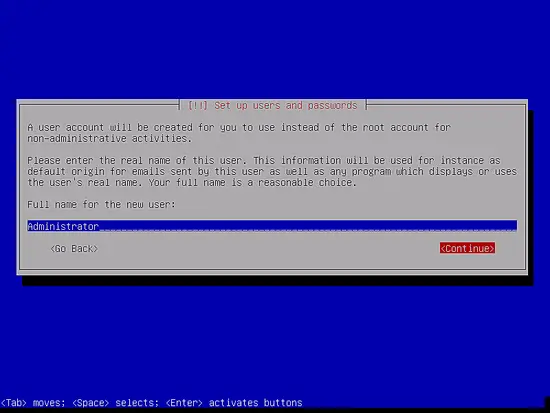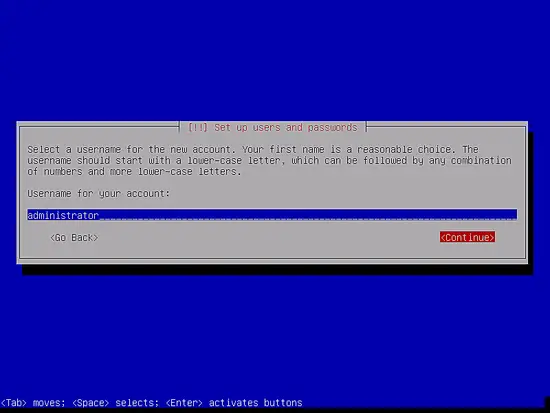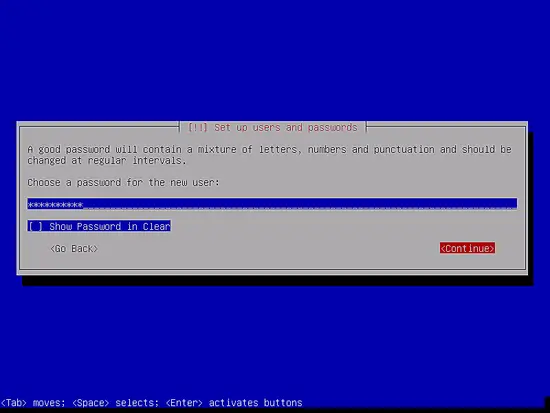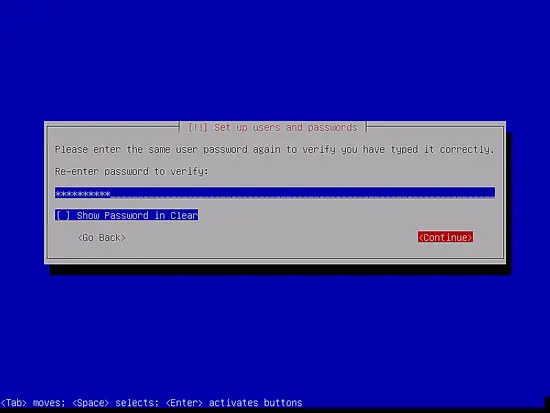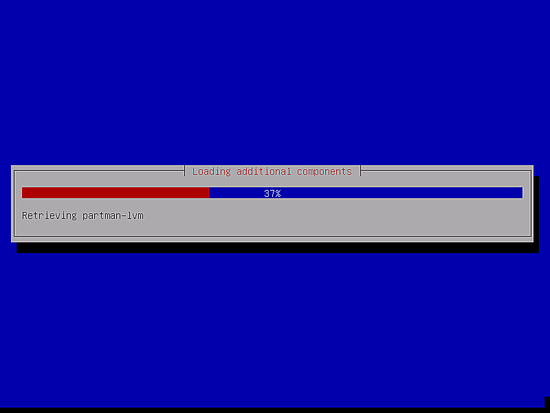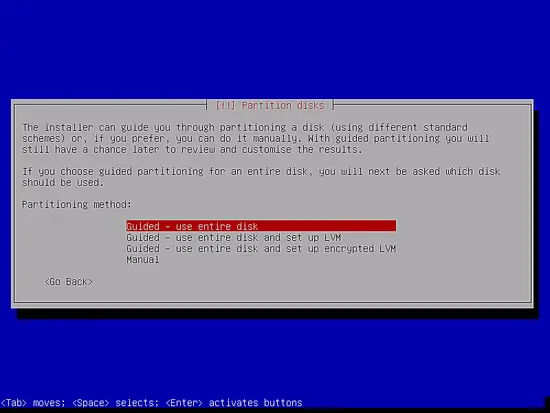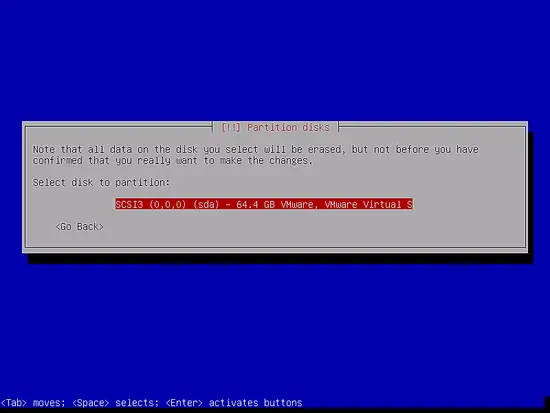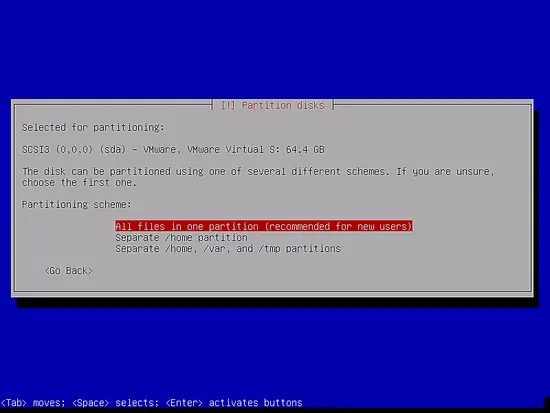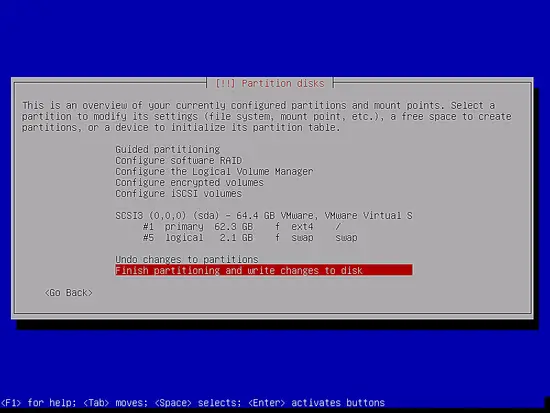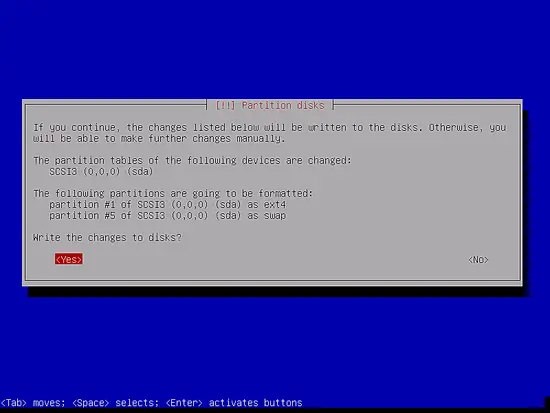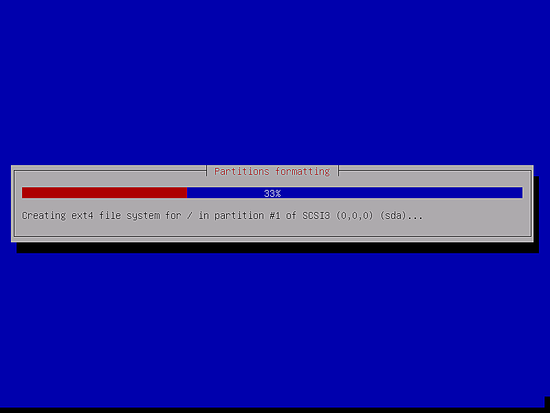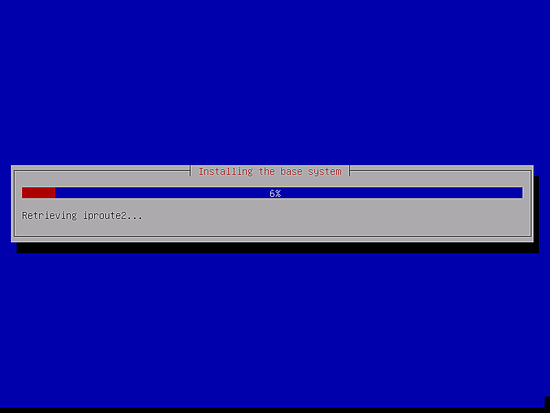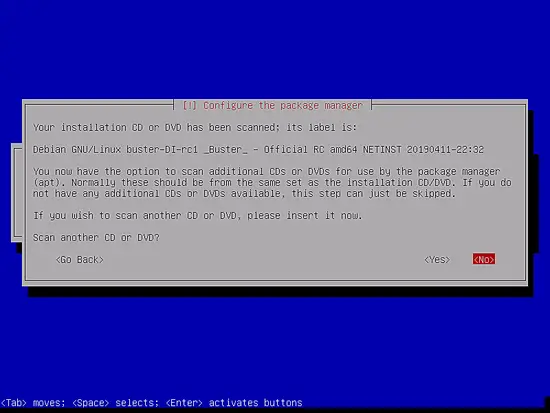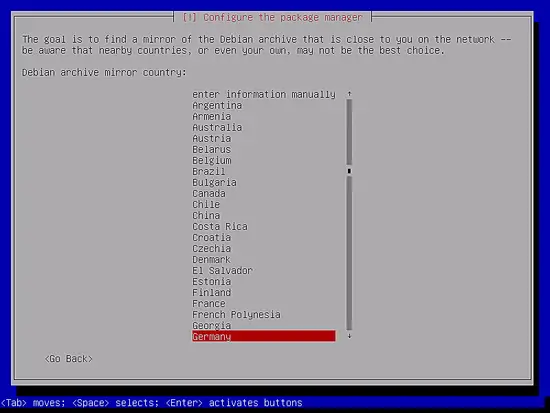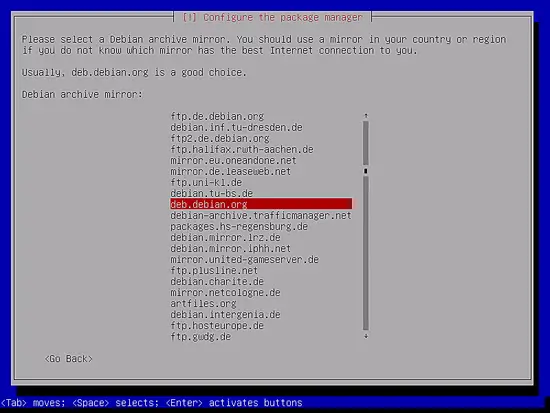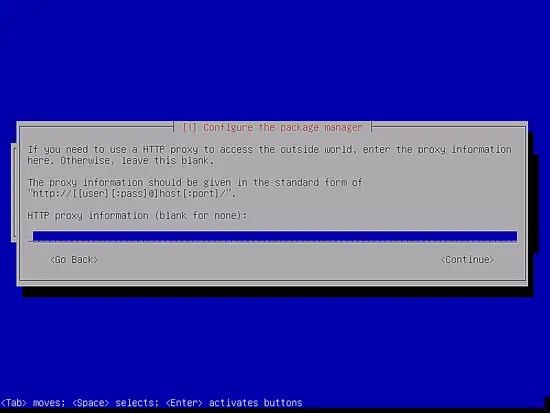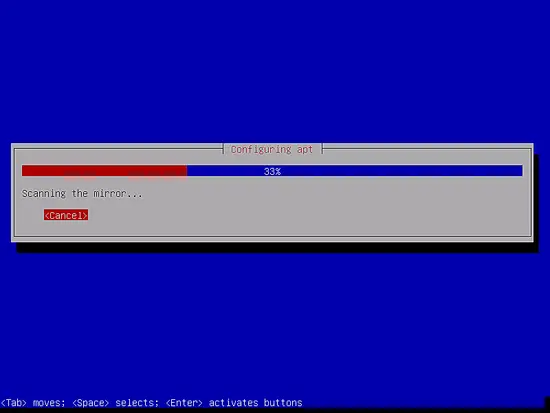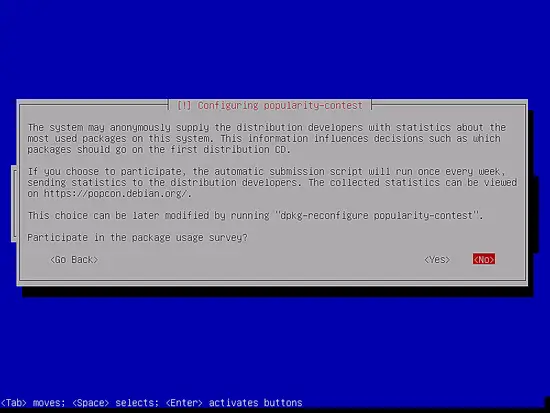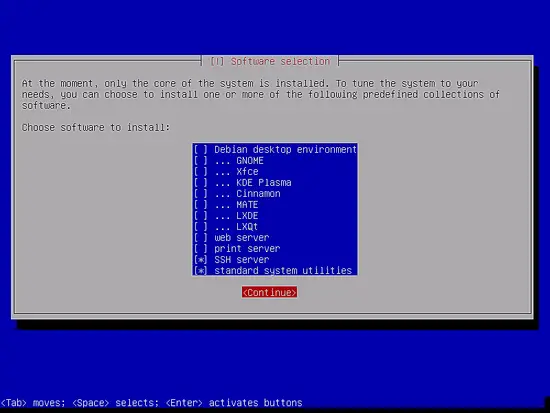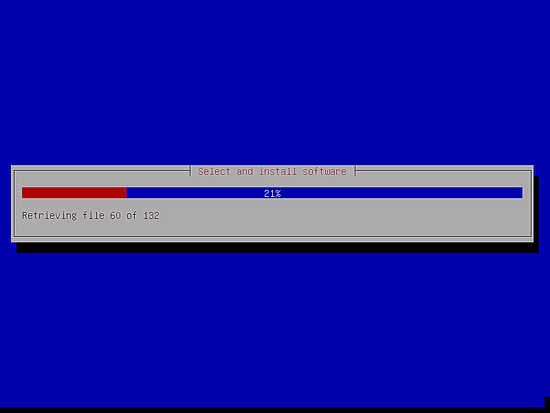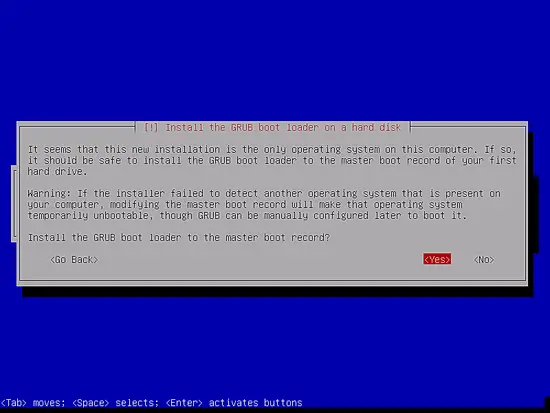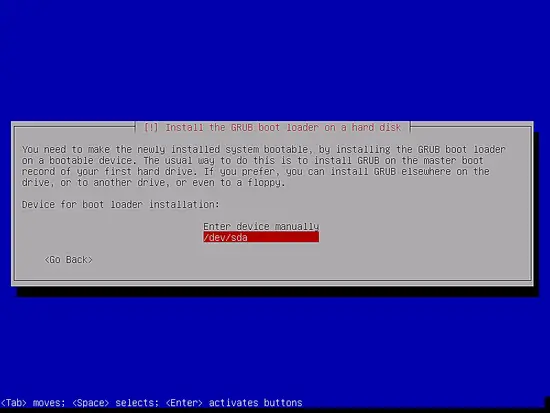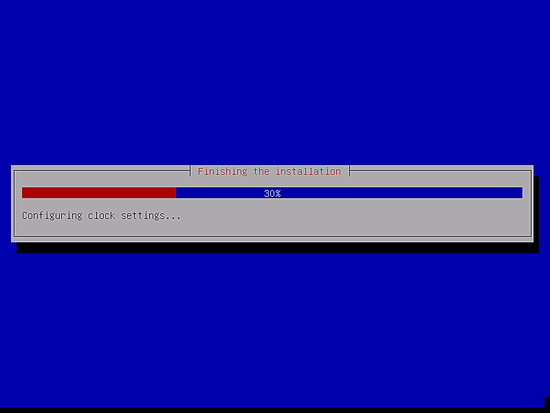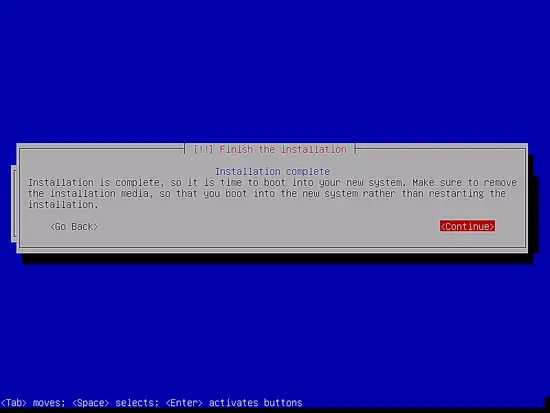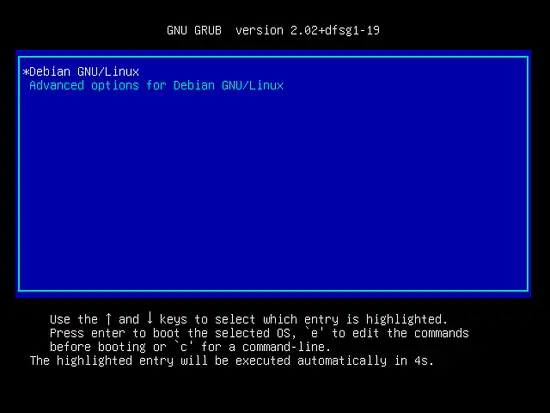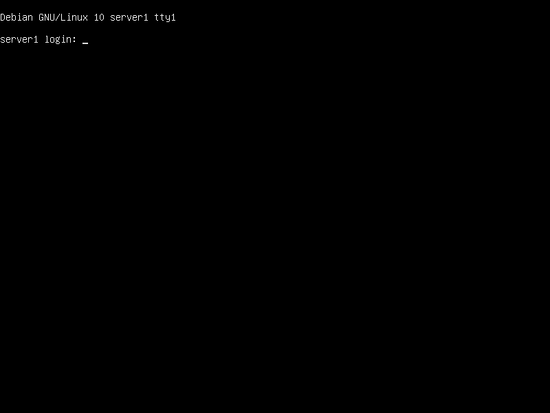How to Install a Debian 10 (Buster) Minimal Server
This tutorial exists for these OS versions
- Debian 12 (Bookworm)
- Debian 11 (Bullseye)
- Debian 10 (Buster)
- Debian 9 (Stretch)
- Debian 8 (Jessie)
- Debian 7 (Wheezy)
On this page
This tutorial shows how to install a Debian 10 - Buster - minimal server in detail with many screenshots. The purpose of this guide is to provide a minimal setup that can be used as the basis for our other Debian 10 tutorials here at howtoforge.com.
1 Requirements
To install a Debian 10 server system you will need the following:
- The Debian Buster network installation CD, available here:
64Bit: https://cdimage.debian.org/mirror/cdimage/release/current/amd64/iso-cd/debian-10.0.0-amd64-netinst.iso (x86_64 / amd64) - A fast Internet connection.
I will use the Debian 10.0 64Bit (amd64) installation media.
The Debian Download links change regularly. If the above links do not work anymore, then go here to fetch the latest Debian netinst image: https://www.debian.org/distrib/netinst or from https://cdimage.debian.org/mirror/cdimage/
2 Preliminary Note
In this tutorial, I will use the hostname server1.example.com with the IP address 192.168.0.100 and the gateway 192.168.0.1. These settings might differ for you, so you have to replace them where appropriate.
3 The Debian Base System
Insert your Debian 10 (Buster) network installation CD into your system (or a USB drive where you installed the iso file on) and boot from it. When you use virtualization software like VMware or Virtualbox, then select the Debian 10 minimal iso file as source file for the DVD drive of the VM, you don't have to burn it to a CD or DVD for that first.
Select Install (this will start the text installer - if you prefer a graphical installer, select Graphical install):
Select your language:
Then choose your location and select the keyboard layout. the next screens will differ depending on your choices. Just select which country and keyboard layout are the right ones for you as they define the language that your Debian system will use on the shell and which keyboard layout is used. In my case, I'll have a german keyboard layout but prefer English as the language on the shell.
Select Country, territory or area:
Select your location, territory again and locale and keyboard:
The installer checks the installation CD, your hardware and configures the network with DHCP if there is a DHCP server in the network:
Enter hostname. In this example, my system is called server1.example.com, so I enter server1:
Enter your domain name. In this example, this is example.com:
Afterward, give the root user a password:
Confirm that password to avoid typos:
Create a Linux user account, e.g. your name or nickname. For this example installation, I will choose the name "administrator" with the user name administrator (don't use the user name admin as it is a reserved name on Debian Linux):
Now you have to partition your hard disk. For simplicity's sake, I select Guided - use entire disk - this will create a large partition for the / file system and another one for swap (of course, the partitioning is totally up to you - if you know what you're doing, you can also set up your partitions manually). For hosting systems like the ISPConfig 3 perfect server tutorials you might want to choose e.g. 60GB for / and a large /var partition as all website and email data is stored in subdirectories of /var.
Select the disk that you want to partition:
Then select the partitioning scheme. As mentioned before, I select All files in one partition (recommended for new users) for simplicity's sake - it's up to your likings what you choose here:
When you're finished, select Finish partitioning and write changes to disk:
Select Yes when you're asked: "Write changes to disk?":
Afterward, your new partitions are created and formatted. Now the partitions are created and the base system is installed:
It might be that the following screens pop's up, depending on your install media. I will do a network-based installation (all additional installation packages get downloaded from the internet), so I choose here to not scan any additional install disks.
Next, you must configure apt. Because we are using the Debian Netinstall CD, which contains only a minimal set of packages, we must use a network mirror. Select the country where the network mirror that you want to use is located (usually this is the country where your Server system is located):
Then select the mirror you wish to use (e.g. deb.debian.org):
Unless you use an HTTP proxy, leave the following field empty and hit Continue:
Apt is now updating its packages database:
You can skip the package usage survey by selecting No:
We just select Standard system utilities and SSH server (so that I can immediately connect to the system with an SSH client such as PuTTY after the installation has finished) and hit Continue.
Some might argue that one should not install the Standard System Utilities on a minimal server but in my opinion, you will need most of the standard utilities later anyway so I will install them on this server as part of the base setup.
The required packages are downloaded and installed on the system:
When you're asked to Install the GRUB boot loader to the master boot record?, select Yes:
The installer might ask you in which partition Grub shall be installed. This server has just one hard disk, so I choose /dev/sda here.
Press enter and the Installer will install Grub and finishes the installation.
The base system installation is now finished. Remove the Debian Netinstall CD from the CD drive and hit Continue to reboot the system:
The first boot of the newly installed Debian 10 server: first you will see the boot screen of the Grub Boot Loader, press enter or wait a few seconds, the boot process will continue automatically.
A few seconds later the login prompt should show up.
Login with username "root" and the root password that you have chosen during installation. When you log in by SSH, then use the username "administrator" as the root user is disabled for remote logins. Then run the command "su":
su
To become root user.
On to the next step...
4 Install The SSH Server (Optional)
If you did not install the OpenSSH server during the system installation, you could do it now:
apt-get -y install ssh openssh-server
From now on you can use an SSH client such as PuTTY and connect from your workstation to your Debian Jessie server and follow the remaining steps from this tutorial.
5 Install a shell editor (Optional)
I'll use nano as my favorite shell text editor, others prefer vi that is not that easy to use for beginners. With the following command I will install both editors:
apt-get -y install vim-nox nano
(You don't have to do this if you use a different text editor such as joe or the built-in editor from mc).
6 Configure The Network
You can get your current IP address with the command:
ip a
By default, some network tools are not available. Install the package with:
apt-get install net-tools
Because the Debian 10 installer has configured our system to get its network settings via DHCP, we have to change that now because a server should have a static IP address. Edit /etc/network/interfaces and adjust it to your needs (in this example setup I will use the IP address 192.168.0.100) (please note that I replace allow-hotplug ens33 with auto ens33; otherwise restarting the network doesn't work, and we'd have to reboot the whole system):
nano /etc/network/interfaces
The interfaces file with DHCP enabled as created by the apt installer:
# This file describes the network interfaces available on your system
# and how to activate them. For more information, see interfaces(5).
source /etc/network/interfaces.d/*
# The loopback network interface
auto lo
iface lo inet loopback
# The primary network interface
allow-hotplug ens33
iface ens33 inet dhcp
# This is an autoconfigured IPv6 interface
iface ens33 inet6 auto
And here the edited interfaces file with the static IP 192.168.0.100 configured.
# This file describes the network interfaces available on your system # and how to activate them. For more information, see interfaces(5).
source /etc/network/interfaces.d/* # The loopback network interface auto lo iface lo inet loopback # The primary network interface auto ens33 iface ens33 inet static address 192.168.0.100 netmask 255.255.255.0 network 192.168.0.0 broadcast 192.168.0.255 gateway 192.168.0.1
# This is an autoconfigured IPv6 interface
iface ens33 inet6 auto
Then restart your network:
systemctl restart networking
Then edit /etc/hosts. Make it look like this:
nano /etc/hosts
127.0.0.1 localhost.localdomain localhost 192.168.0.100 server1.example.com server1 # The following lines are desirable for IPv6 capable hosts ::1 localhost ip6-localhost ip6-loopback ff02::1 ip6-allnodes ff02::2 ip6-allrouters
Now edit the hostname in case you did not select the final hostname in the installer
nano /etc/hostname
The /etc/hostname file contains the hostname without the domain part, so in our case just "server1".
Then reboot the server to apply the hostname change:
systemctl reboot
After you logged in again, run:
hostname
hostname -f
To verify that the new hostname is set correctly. The output should be:
root@server1:/home/administrator# hostname
server1
root@server1:/home/administrator# hostname -f
server1.example.com
root@server1:/home/administrator#
7 Update Your Debian Installation
First, make sure that your /etc/apt/sources.list contains the buster/updates repository (this makes sure you always get the newest updates), and that the contrib and non-free repositories are enabled.
nano /etc/apt/sources.list
deb http://deb.debian.org/debian/ buster main contrib non-free
deb-src http://deb.debian.org/debian/ buster main contrib non-free
deb http://security.debian.org/debian-security buster/updates main contrib non-free
deb-src http://security.debian.org/debian-security buster/updates main contrib non-free
Run
apt-get update
to update the apt package database and
apt-get upgrade
to install the latest updates (if there are any).
8 Debian 10 VMWare server image
This tutorial is available as ready to use virtual machine image in ovf/ova format that is compatible with VMWare and Virtualbox. The virtual machine image uses the following login details:
SSH / Shell Login
Username: administrator
Password: howtoforge
Username: root
Password: howtoforge
The IP of the VM is 192.168.0.100, it can be changed in the file /etc/network/interfaces. Please change all the above passwords to secure the virtual machine.
9 Links
- Debian: http://www.debian.org/

